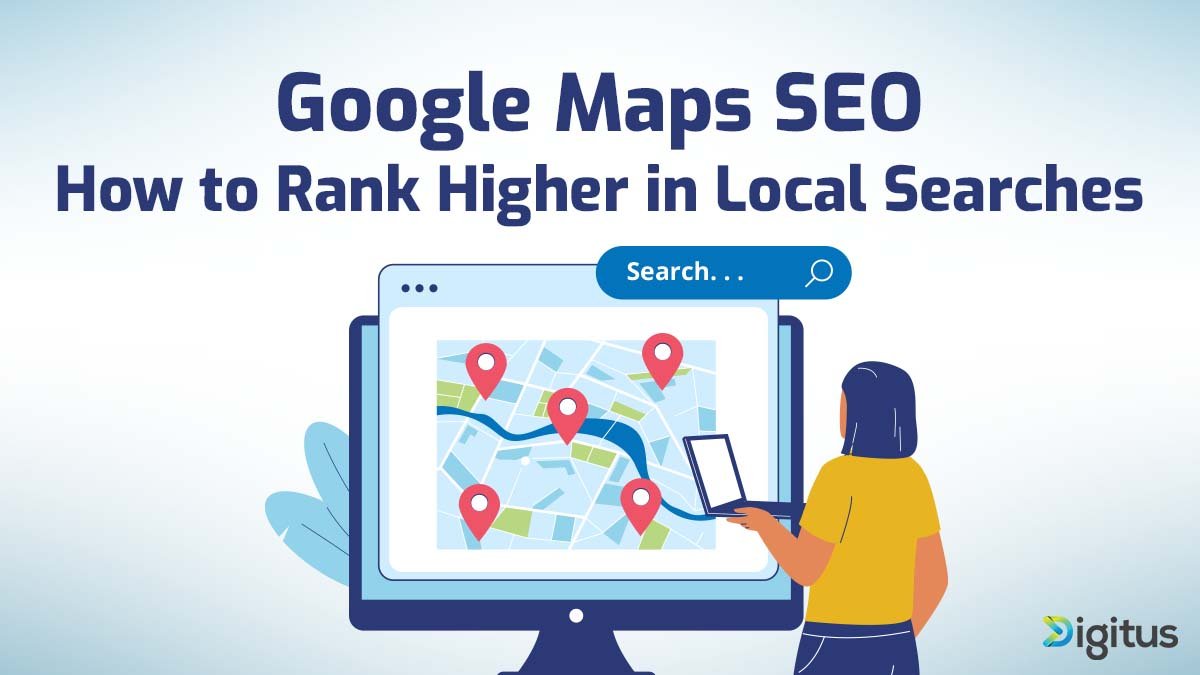


In today’s world, when customers search for products or services, they often start with Google Maps. For business owners, ranking higher in Google Maps searches is a must, not just a benefit. The process of improving these results is called local SEO, and it can directly affect how easily customers find and select your business.
Imagine someone typing “best coffee near me” or “plumber nearby” into their search bar. In an instant, Google Maps pulls up a list of local businesses. The ones that land at the top of the list are the ones that get the most calls, foot traffic, and ultimately, sales. This prime visibility comes from local SEO, which makes sure your business pops up right when potential customers are on the hunt for the services you provide.
The key reason why Google Maps SEO is so crucial is pretty straightforward: visibility builds trust, and trust drives sales. If your business isn’t showing up in local searches, you’re missing out on valuable opportunities that your competitors could easily snatch up.
Your Google Business Profile (GBP) is the foundation of Google Maps SEO. A complete and well-optimized profile increases your chances of appearing in the “Local 3-Pack” — the top three business listings shown in search results. competitor.
A complete GBP not only signals credibility to Google but also builds trust with customers.
One of the most critical aspects of local SEO is maintaining consistency in your NAP (Name, Address, Phone number) across all platforms. If your website lists a phone number differently than your Google Business Profile or directories, it can confuse both Google and customers.
Google rewards consistency, and customers appreciate clarity.
Reviews are one of the strongest ranking factors for local SEO. A steady stream of positive reviews not only improves your Google Maps position but also influences customer decisions.
This shows Google that your business is active and trustworthy.
Google favors businesses that provide useful, locally relevant content. This could mean writing blogs that address common customer problems, sharing local events, or posting updates related to your industry.
For example, a bakery could write about “How to Choose the Perfect Cake for a Local Celebration,” while a fitness studio might post tips on “Best Outdoor Workouts in [Your City].”
When this content is optimized for local SEO, it increases the chances of your business ranking higher in both Maps and organic search results.
Citations are mentions of your business’s NAP on other websites like local directories, industry platforms, and news outlets. These citations strengthen your credibility in Google’s eyes.
Additionally, gaining backlinks from trusted local sources, such as community blogs, local newspapers, or partner businesses, can boost your authority and improve rankings.
Pro tip: Partner with other local businesses for cross-promotions and link exchanges. This not only strengthens your SEO but also expands your customer reach.
Local SEO is not a one-time effort. To see continuous growth, you need to track results and adjust your strategy.
By analyzing data, you can refine your strategy and ensure your business stays competitive.
For business owners, ranking higher in Google Maps searches is one of the most effective ways to attract local customers. Local SEO ensures your business appears where it matters most—when people nearby are ready to buy.
The key steps are straightforward: optimize your Google Business Profile, maintain consistent NAP details, gather reviews, create local content, build citations, and track performance. By investing in these strategies, you not only improve your search visibility but also build long-term trust with your customers.
If you want to take your business growth further with expert support, explore our digital marketing services to strengthen your online presence and maximize results.
